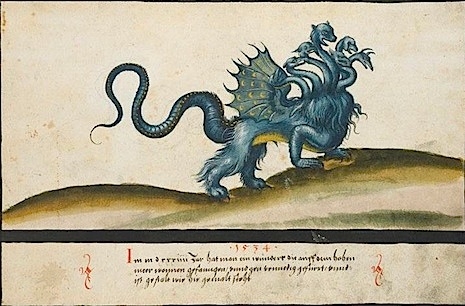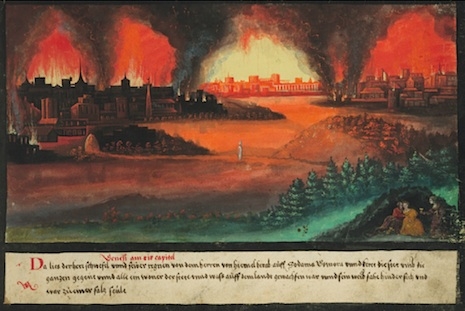
When Oliver Sacks was starting out on his career in neurology, he noted that many of his colleagues never seemed to read or make reference to any scientific papers more than five years old. Sacks found this strange, for as a teenager in England he had devoured numerous books on the history of chemistry and biology and even botany. However, to his fellow neurologists Sacks’ interest in the “historical and human dimension” of science was considered “archaic.” Undeterred, Sacks was convinced the historical narrative offered a better understanding of scientific investigation.
This became evident with his diagnosis of a patient who suffered incessant jerking movements of the head and limbs. With his knowledge of previous scientific investigations, Sacks was able to correctly identify the cause of the patient’s illness while at the same time confirm a theory put forward by two German pathologists—Hallervorden and Spatz—in 1922, which had almost been forgotten. This only further convinced Sacks of the great insights to be gleaned from having some historical understanding of science.
Something similar is going on here in the phantasmagorical Augsburg Book of Miraculous Signs from 1552—which presents a continuous religious narrative from Biblical stories through historical events, and assumed portents and signs right up to the 16th century—the era when Protestantism became the dominant Christian religion in England, Scotland, Germany and Switzerland.
Privately commissioned in the German town of Augsburg, this “miracle” book was published in “123 folios with 23 inserts, each page fully illuminated, one astonishing, delicious, supersaturated picture follows another.” While church reformers such as Martin Luther and John Calvin denounced Catholicism for its superstitious and idolatrous beliefs, the Augsburg Book of Miraculous Signs served to remind its Protestant readers of the hand of God working thru various strange and ominous events—earthquakes, plagues of locusts, weird beasts, monstrous births and unusual solar activity. Like many of his fellow reformers, Luther believed such portents signified The End of Days and the coming Apocalypse—a trope that continues to this day.
But for the modern secular reader, these beautiful water colors and gouaches describe meteorological events—floods, hailstones, storms; seismic activity—the Lisbon earthquake; solar activity; and the cyclical path of comets; all of which—as Oliver Sacks understood—can give science its human and historical dimension.
M’colleague, Martin Schneider previously posted on this wondrous book, stating he wished he was able to read the descriptions accompanying the images. Well, this where possible I have now done or have described the scene illustrated. For those who would like to own their own copy, a facsimile edition of the Augsburg Book of Miraculous Signs has been published by Taschen and is available here.

The great flood—in the center what maybe a representation of Noah’s ark.

The destruction of Sodom and Gomorrah.

Moses parts the Red Sea.
More ‘divine’ revelation, after the jump….





